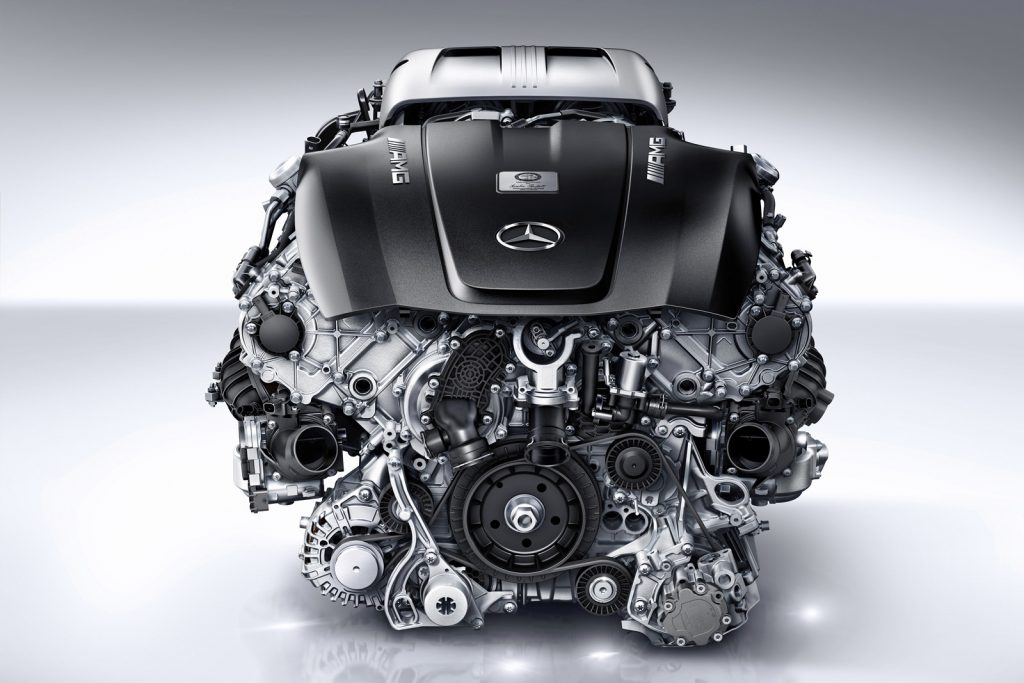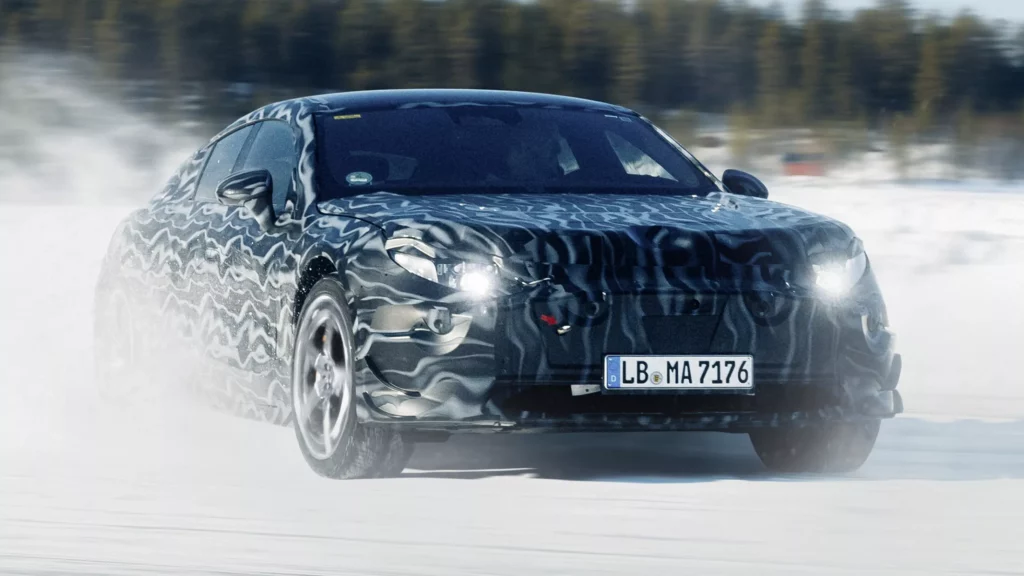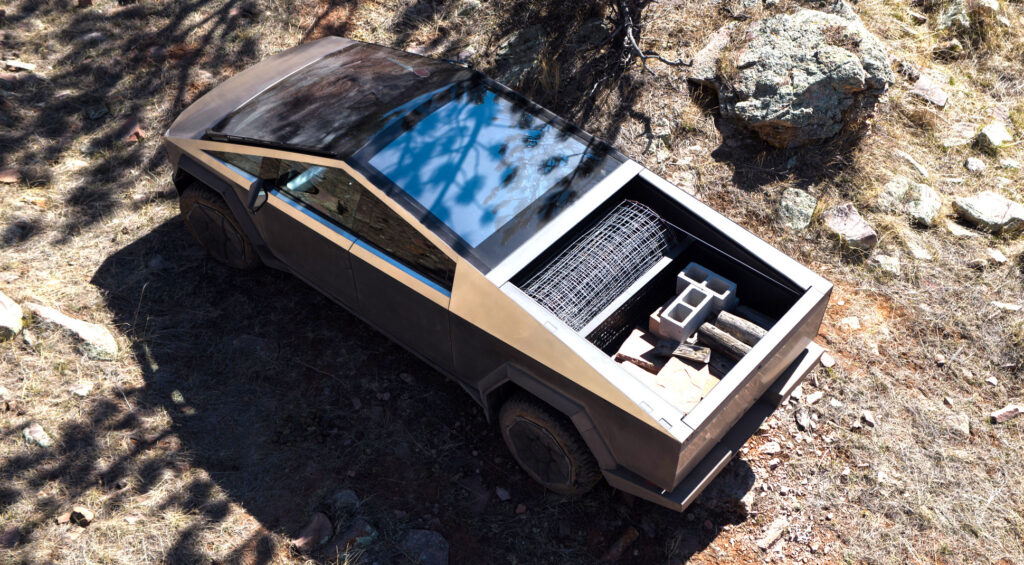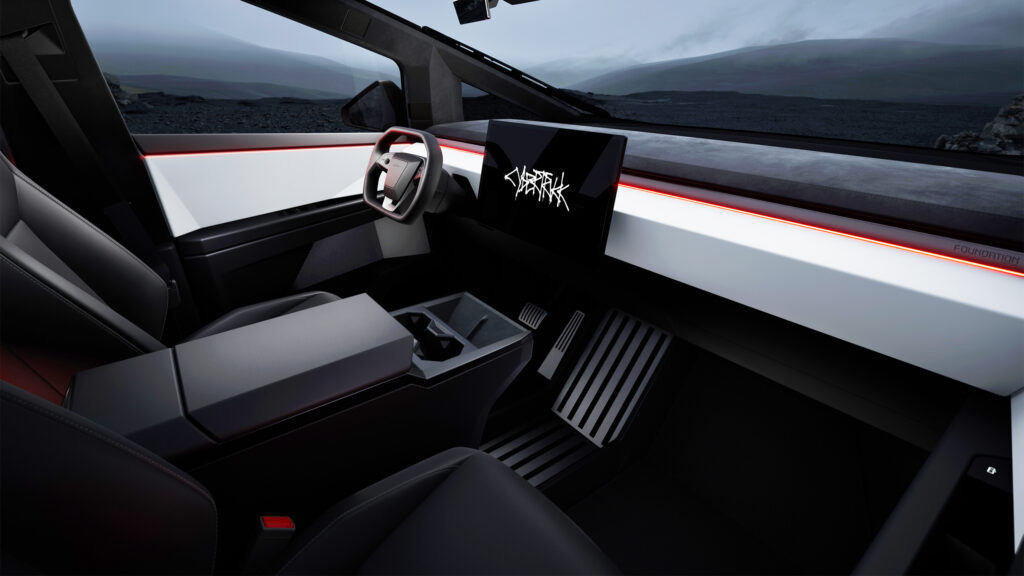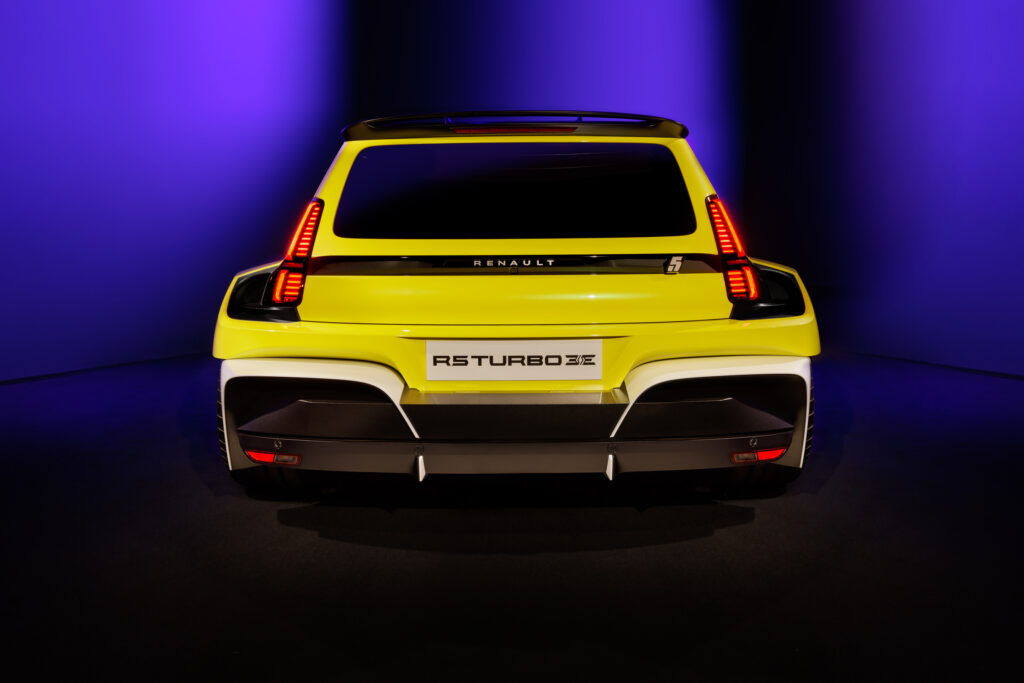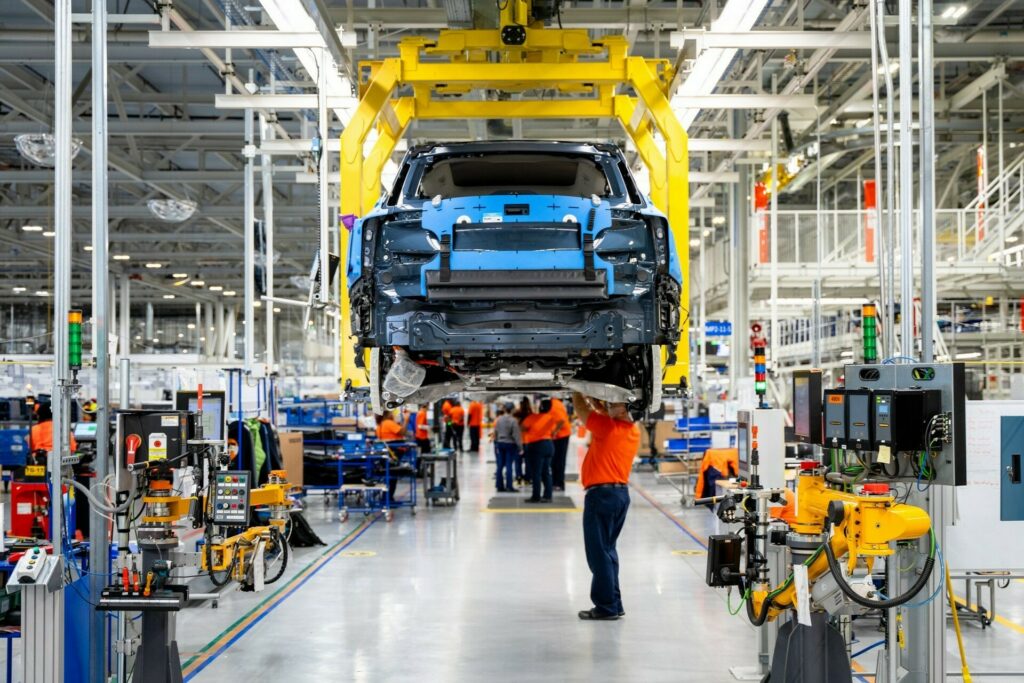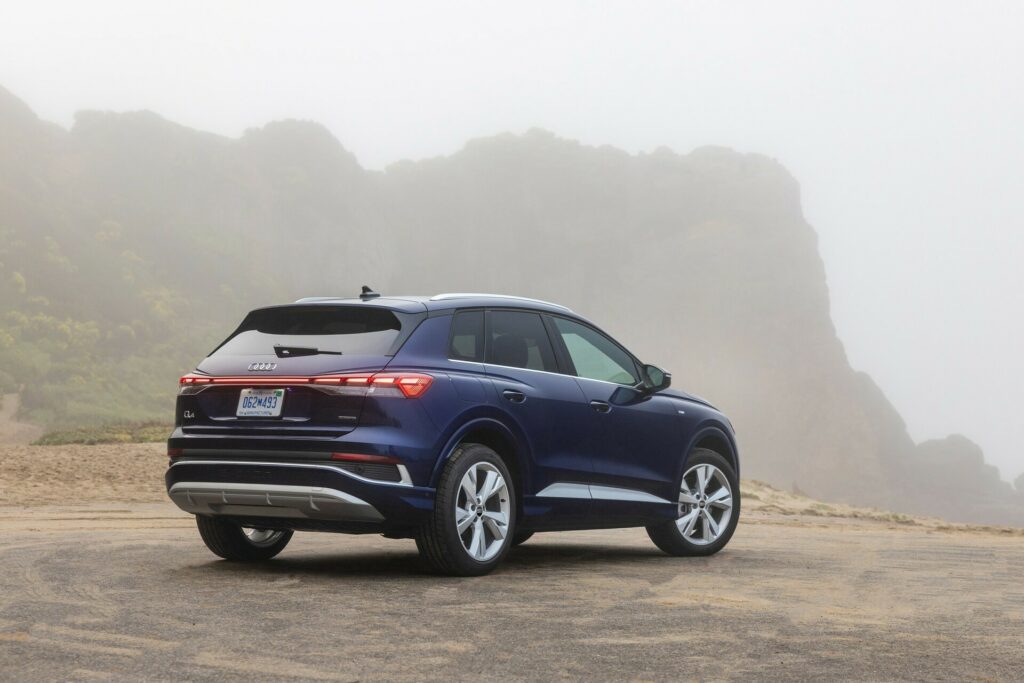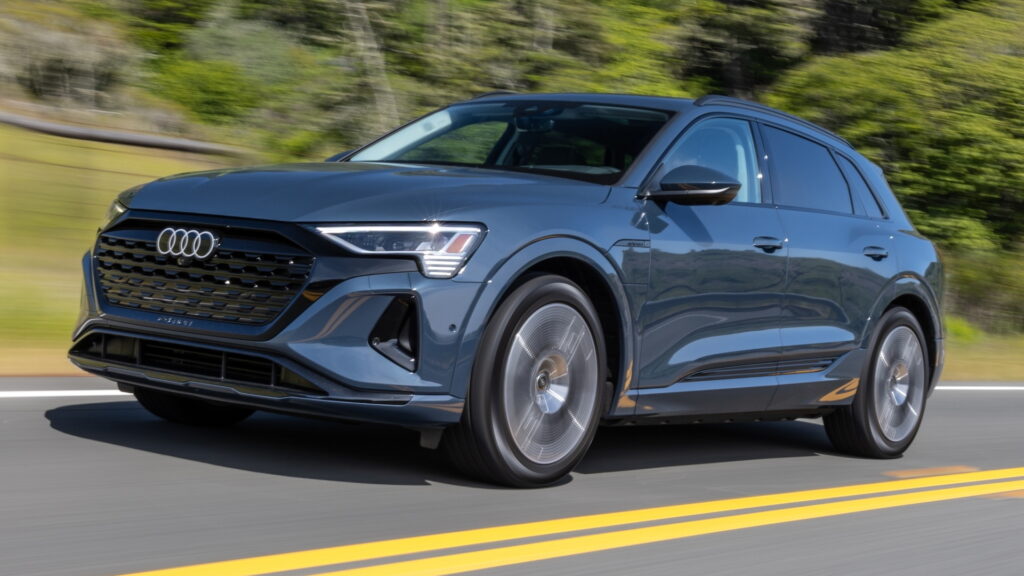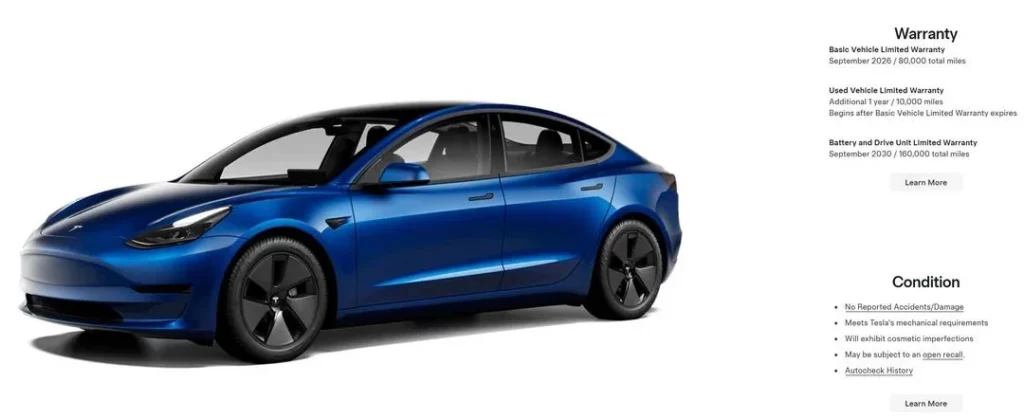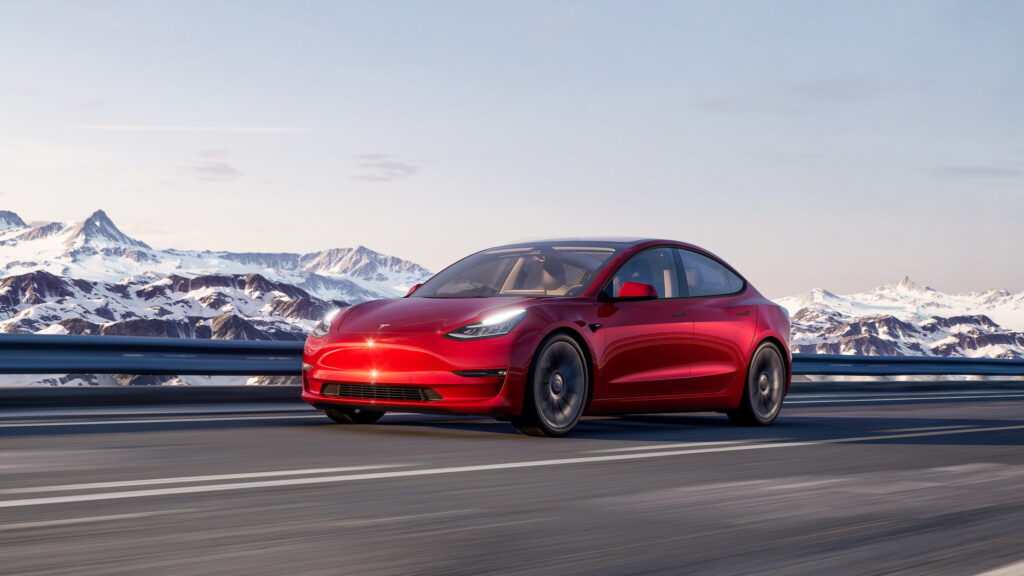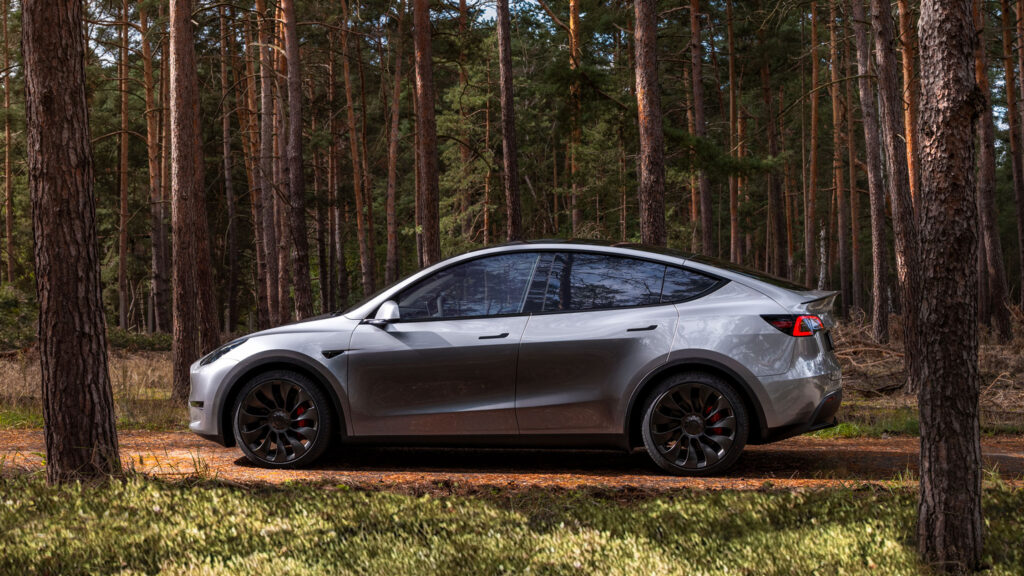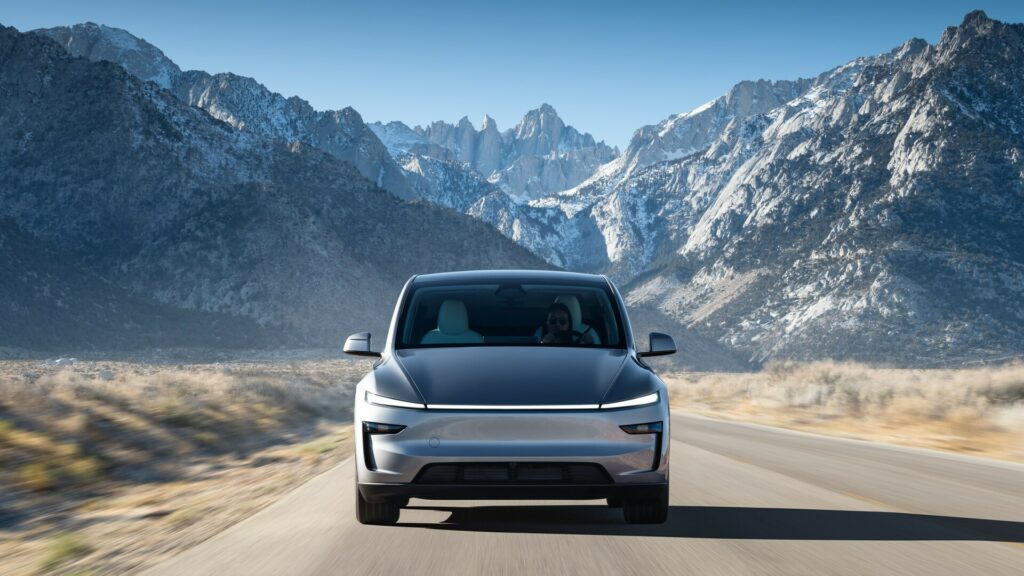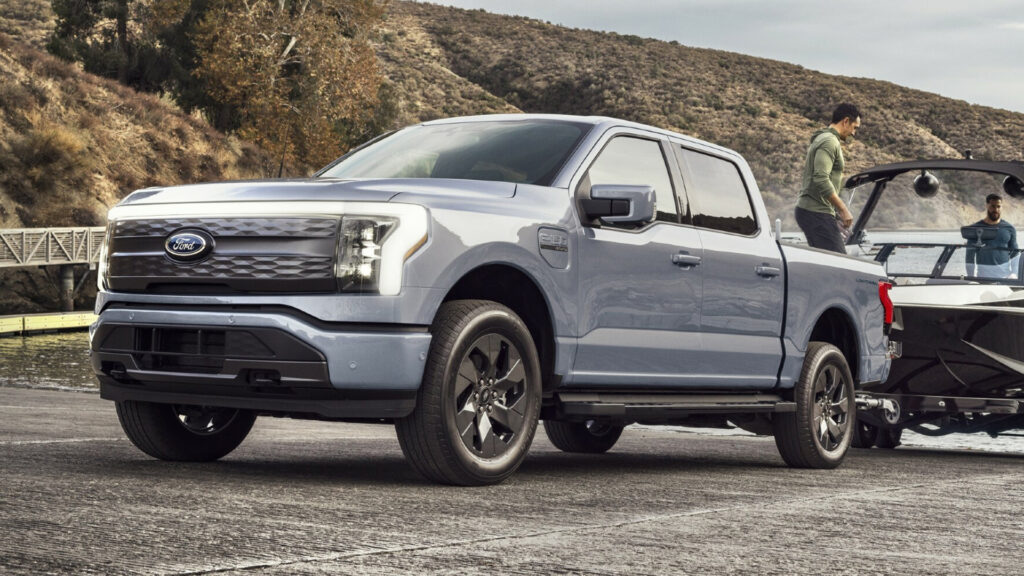Mercedes-AMG’s First Super Sedan Looks Ready To Fire Off Its 1,000-HP

- Mercedes-AMG electric sedan shares styling cues with the 2022 Vision AMG Concept.
- Sleek design includes unique LED lighting, spoked aero wheels, and active rear wing.
- Combustion-powered AMG GT 4-Door will continue alongside new all-electric flagship.
Mercedes-AMG has stripped away some of the body cladding and camouflage of its long-awaited electric sedan, giving us our best look at the car yet. The car will push AMG into a new market and serve as a rival to the likes of the Porsche Taycan and Audi RS e-tron GT. So, is it worth getting excited about?
These new teasers show a prototype with a sleek and low-slung design that shares unmistakable similarities with the Mercedes Vision AMG Concept from three years ago. Like that car, the new electric sedan from Affalterbach has striking LED daytime running lights mimicking the shape of the Three Pointed Star. Similar DRLs are featured on the new CLA and will be added to other new Mercedes models, but AMG has enlarged them for this car.
Read: AMG’s New V8 Isn’t Just Coming Back It’s Coming For Everything
There’s no sign of a traditional front grille, although we can see some slats towards the base of the bumper that will provide some cooling.
The side profile of the car is certifiably sexy and has been paired beautifully with tightly-spoked wheels that should also aid in aerodynamic performance. At the rear, this prototype ditches the ugly temporary lights of other recent testers and gets a pair of circular LED taillights, which again have the star motif. There will also be an active rear wing.
The Good Stuff
While both the Taycan and RS e-tron GT represented dramatic departures for both Porsche and Audi, both cars are excellent, and AMG had better be at the top of its game to make a compelling rival to them. All the signs point towards it being just that.
Underpinning the all-electric cousin to the AMG GT 4-Door will be the new AMG.EA architecture with a battery pack from Sila Nanotechnologies in the US and electric motors from British firm Yasa. Mercedes-AMG is reportedly pursuing a four-digit horsepower figure, giving it enough power to compete with the flagship Taycan and RS e-tron GT models.
Fortunately for those who still want a thunderous engine, Mercedes-AMG will continue to sell this new EV alongside the ICE-powered AMG GT 4-Door.

